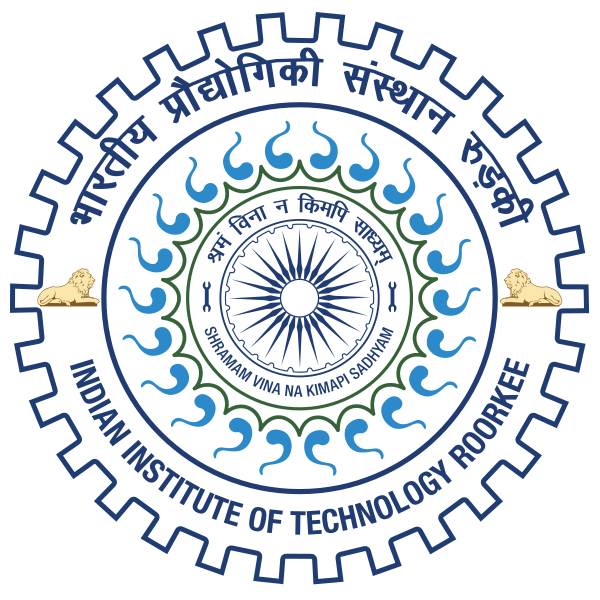Please use this identifier to cite or link to this item:
http://localhost:8081/jspui/handle/123456789/18371Full metadata record
| DC Field | Value | Language |
|---|---|---|
| dc.contributor.author | Gopikrishna, Madupalli | - |
| dc.date.accessioned | 2025-09-25T12:47:19Z | - |
| dc.date.available | 2025-09-25T12:47:19Z | - |
| dc.date.issued | 2024-06 | - |
| dc.identifier.uri | http://localhost:8081/jspui/handle/123456789/18371 | - |
| dc.guide | Roy, Sourajeet | en_US |
| dc.description.abstract | The necessity for "scaling of interconnects" is brought to light by the ICs' reduction in size in light of the significant RC delay. Traditionally, interconnects aremade of copper; however, as integrated circuits (ICs) get smaller, Cu's effective resistance increases due to surface boundary scattering and grain boundary scattering. As a result, interconnects are increasingly acting as a bottleneck for IC performance overall, particularly in sub-22 nm technology nodes. Materials based on graphene, such as multiwalled carbon nanotubes, are being investigated as potential on-chip substitutes for traditional copper interconnects. Compared to these two, carbon nanotubes (CNTs) are planar, which makes them relatively easier to fabricate and gives them highly desirable mechanical, electrical, and thermal properties for use in interconnect applications.What sets the MWCNTs apart is the multi-conductor circuit (MCC). The growth, patterning, and fabrication of such graphene-based interconnects are highly susceptible to variations caused by human or instrumentation errors, difficulty in capturing all the parameters of the system, and manufacturing tolerances, even though MWCNT-based interconnects have the potential to replace conventional copper interconnects. In order to better understand how MWCNT's variations in shape, size, and composition impact these new interconnects' signal integrity (SI) performance, research has been done in this area. Additionally, for the effective and significantly quicker statistical signal integrity analysis of MWCNT's interconnect networks, a traditional artificial neural network (ANN) has been built. | en_US |
| dc.language.iso | en | en_US |
| dc.publisher | IIT, Roorkee | en_US |
| dc.title | MACHINE LEARNING-BASED MODELS FOR FAST UNCERTAINTY QUANTIFICATION OF MWCNT INTERCONNECTS | en_US |
| dc.type | Dissertations | en_US |
| Appears in Collections: | MASTERS' THESES (E & C) | |
Files in This Item:
| File | Description | Size | Format | |
|---|---|---|---|---|
| 21567009_Madupalli Gopikrishna.pdf | 2.34 MB | Adobe PDF | View/Open |
Items in DSpace are protected by copyright, with all rights reserved, unless otherwise indicated.

